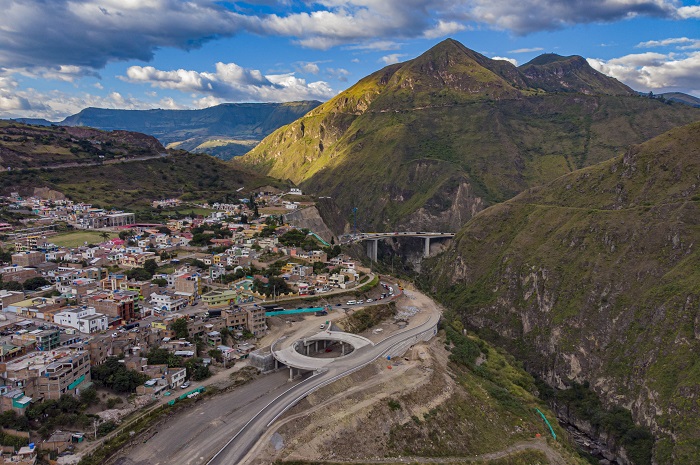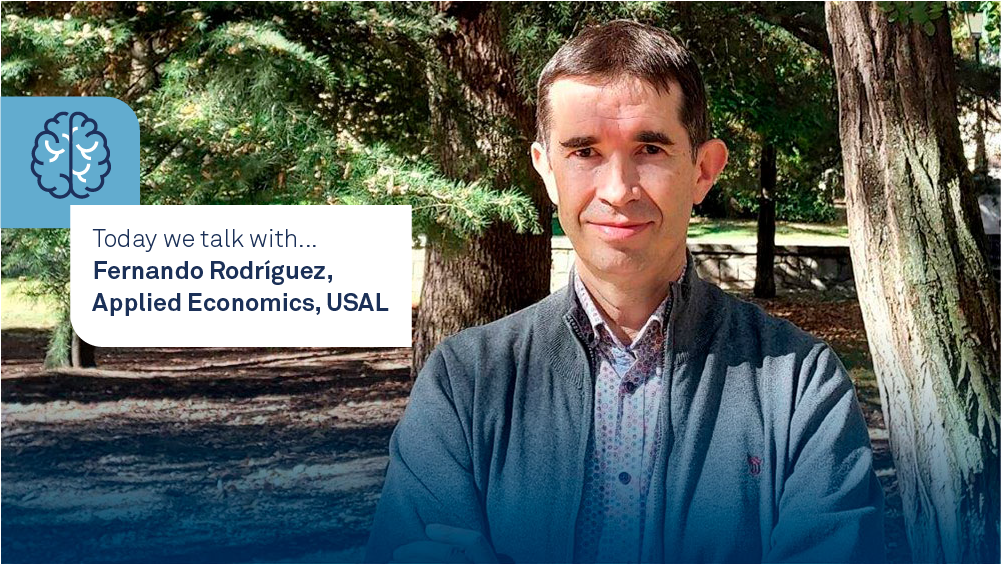The Gaia hypothesis was formulated in the 1980’s by James Lovelock, and suggests that the Earth behaves like a super organism that changes to defend itself from infections. It wouldn’t be too long after until we learned that the human species is the worst infection Earth suffers from.
In average, every year, humans will have depleted Earth’s resources in only four months’ time; meaning from April onwards, we resort to reserves.
Is it possible for us to continue living this way? Fernando Rodríguez, professor at the Department of Applied Economics at Universidad de Salamanca (USAL), says that “the planet can survive. Whether humans can, is a whole different story, especially if we persist in our unsustainable habits”.
Enter the concept of Planetary boundaries. We have already gone over some indispensable ones: loss of biodiversity, climate change, nitrogen oxides emissions -which are already at dangerous levels-, etc. This means that the planet will have time to regenerate, like professor Rodríguez says, but we might not.
Our quality of life is starting to suffer, and life expectancy, which is already lower than a few years ago, is indirectly altered, whether we believe it or not.
In the face of this predicament, what can companies do to revert, or at least, mitigate, this situation? Here is where the concept that professor Rodríguez currently works on gains relevance: measuring natural capital.
“It consists on gauging an estimate value for a natural element, and for all the services it provides, and making responsible decisions, or even paying for the negative impact that human activity causes on the ecosystems”, affirms Rodríguez.
Professor Rodríguez explains this concept in his lectures, and his department develops studies for companies that wish to farther explore this concept.

What is the real value of nature?
We don’t know, and we don’t need to in order to make decisions based on that. We can work with the previous step, by making an estimate responsible value. That is, choosing the least-damaging alternative on the natural capital, even if it has a greater economic cost. But the ball lies in the companies’ court and depends on their sustainability strategies. Many decide to not just comply with the bare minimum legal standards, but go beyond and compensate their activities”, stresses professor Rodríguez.
Apart from choosing the more sustainable alternatives, those impactful actions on the natural capital can be compensated over other projects.
“At USAL, we have a database, called ESValues, with public information about these economic valuation primary studies on ecosystem services. We elaborate our natural capital measurement service for companies and public institutions based on these data”, explains Fernando Rodríguez.
This grows more and more necessary for companies, to hold themselves accountable with their clients, investors and public administrations. Therefore, more and more companies start including these valuations in their bidding documents when submitting tenders.
“We are currently working on a measuring platform that can be standardized to all companies that have these kinds of needs. The valuation methods are relatively agreed upon, and from a normative standpoint, environmental protection has gained traction”, explains professor Rodríguez.
The United Nations have just reoriented the System of Environmental Economic Accounting (SEEA) towards the measuring of ecosystems and ecosystem services. Spain might probably have to recalculate the value of its impact over the natural capital and disclose it in its national statistics. This is done through the Common International Classification of Ecosystem Services (CICES) classification.

When was the natural capital concept born?
The first study that mentions the value of nature was published in 1929 in the United States. It suggested a new method to measure the environment, but it was an economic valuation system applied to accidents and emblematic natural resources.
A study was made after the Exxon Valdez oil spill in Alaska to measure the damaged caused to the citizens of the United States, and a court of law accepted it as a basis to determine the compensation.
In 1997, an article by Robert Constanza that changed the global scenario was published on Nature magazine. “The Value of the World's Ecosystem Services and Natural Capital” is the most cited article on environmental welfare economics. This article suggested that instead of valuing environmental assets, we should measure what nature provides for us, which includes cultural services or existence services (i.e. we have better welfare knowing that blue whales or pandas continue to exist and have not gone extinct).
Can we assign a value to ecosystem services? In 1997, it was valued at 33 billion dollars, and a later 2014 study adjusted this value to 150 billion per year.
The European approach on measuring natural capital
In Europe, the United Kingdom is the clear leader in the race, many steps ahead of other countries. The UK marked a turning point in environmental legislation, it has developed its own national norm on measuring natural capital, it is currently developing a norm to calculate impact and compensations and has its own natural capital accounting system.
Germany and the Netherlands follow suit, and France is the first EU country to release a draft on how to calculate national environmental accounts, the first step to create a general accounting of the impact on natural capital. “Spain has a constructive atmosphere regarding this issue; there are many initiatives, but we still have a long way to go”, explains professor Rodríguez.
